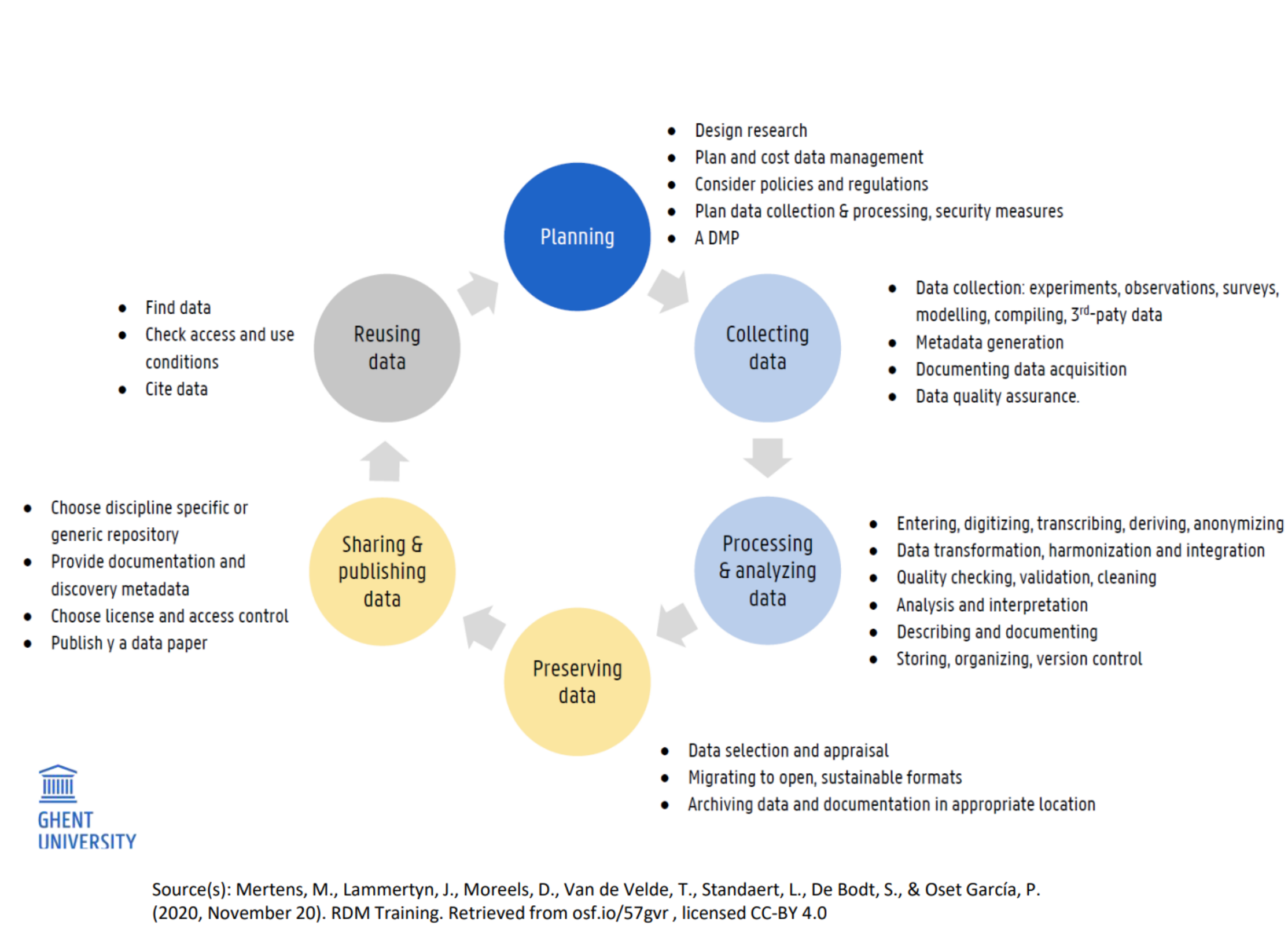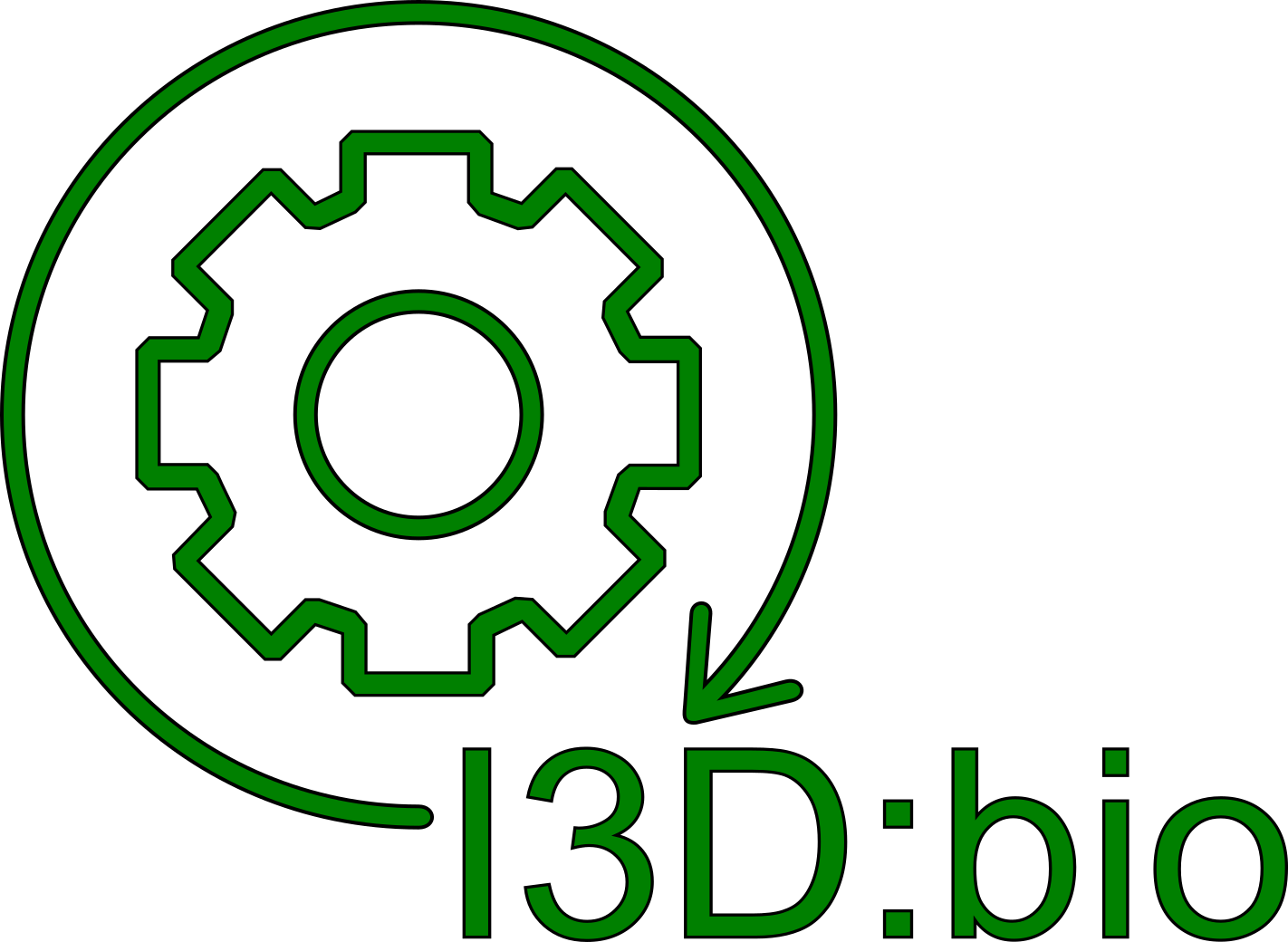Back to: Data Life Cycle
Introduction to the Research Data Life Cycle
Research involves data. To ensure success, effectiveness and sustainability of a research project, all aspects of handling the research data should be carefully planned. Data generated in one research project can be a valuable resource for other researchers working on different research questions but also for follow-up research projects of the same researchers. Therefore, the handling of research data is often described as a cycle – the research data life cycle.
The data life cycle describes all steps from the planning of an experiment until the experiment is fully completed, including the archiving and publication. The data life cycle concept has to be adapted to the specific research field of interest. A general scheme of a research data life cycle is shown below:

The research data life cycle helps identifying where data management actions are required and which stakeholders have to be included at which step. Well-managed data can be reused as a data mining resource during the planning of a new research project. Therefore, having the research data life cycle in mind throughout the research process, helps to ensure high-quality research data output in compliance with the FAIR principles (Wilkinson, 2016, Sci Data).
If your research involves bioimaging data, specific considerations are useful to cover for peculiarities of microscopy data management. Please review the proposed data life cycle for bioimaging here.





